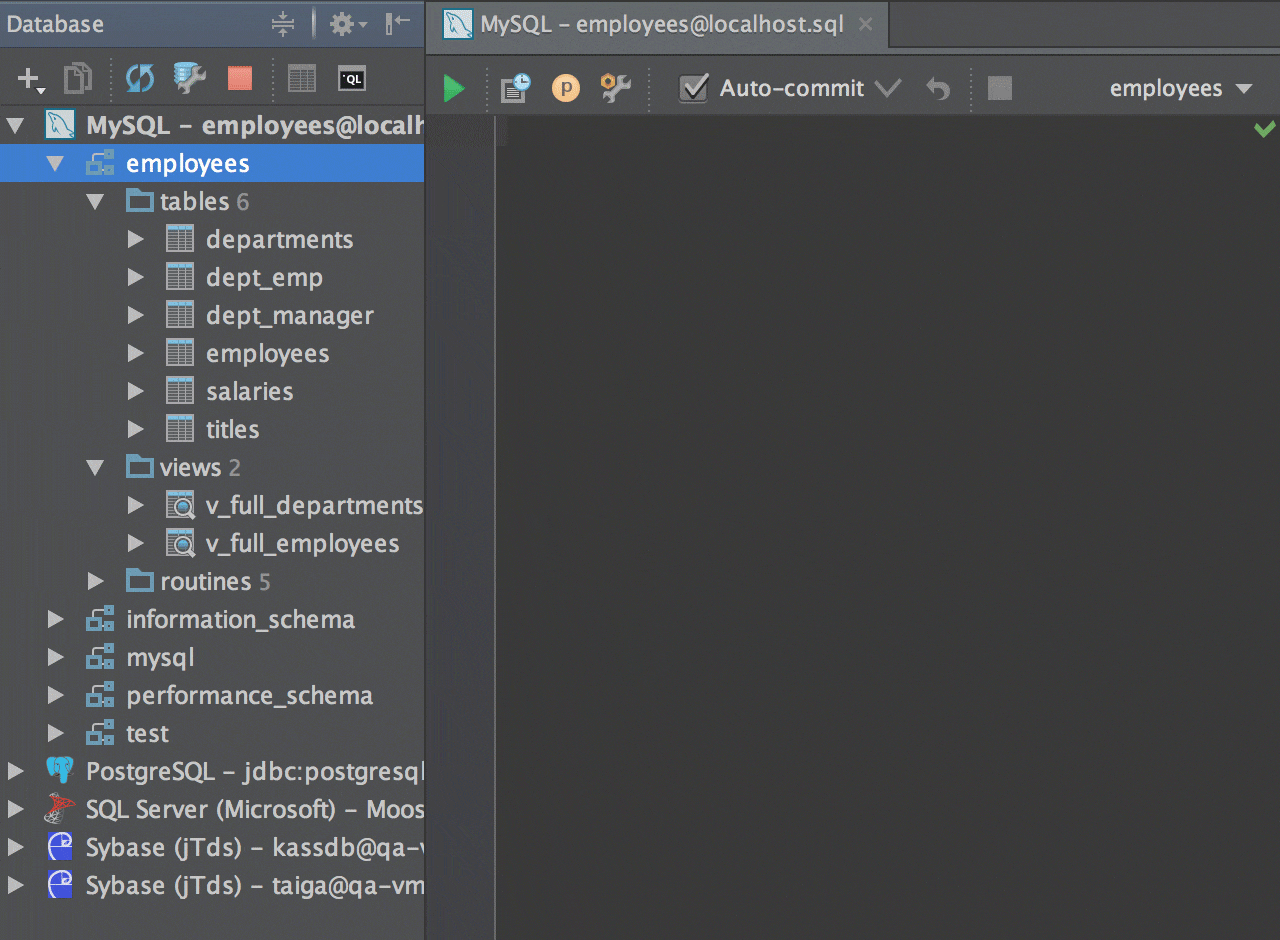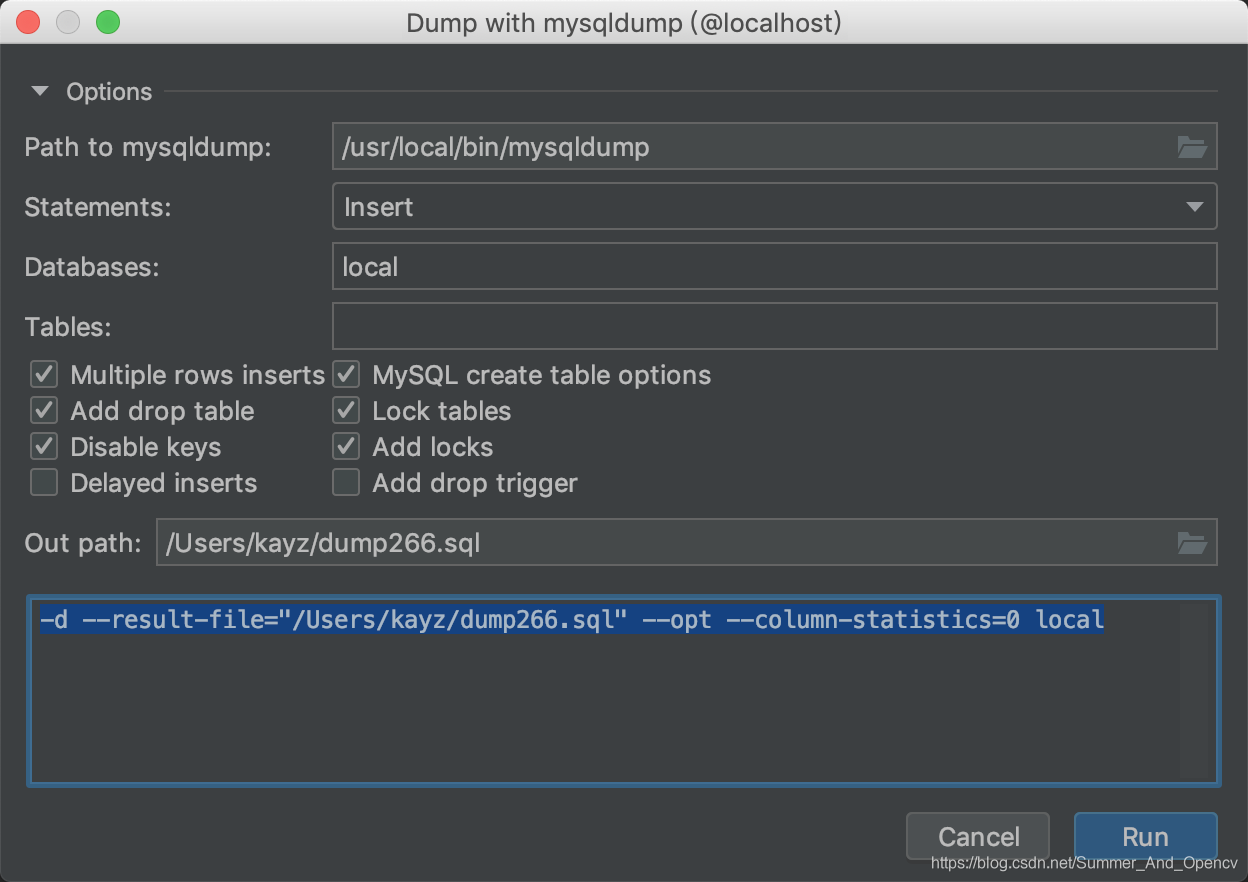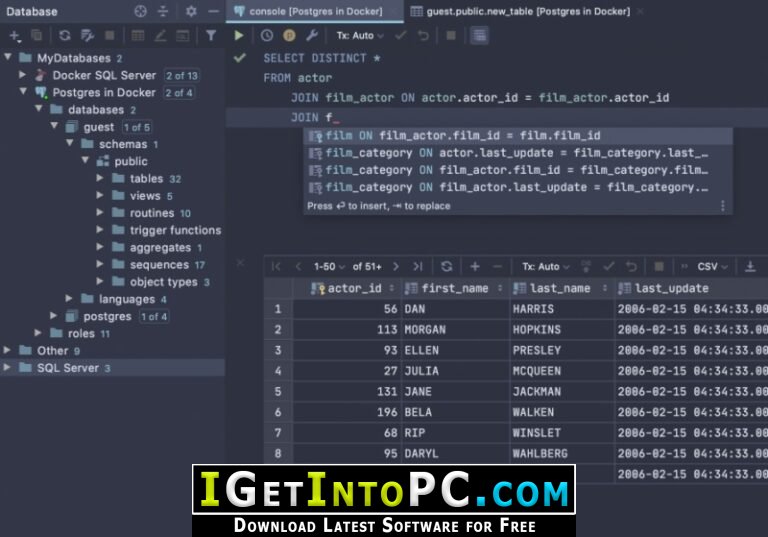

If you drop and then recreate a function, the new function is not the same entity as the old you will have to drop existing rules, views, triggers, etc. You must own the function to replace it (this includes being a member of the owning role). All other function properties are assigned the values specified or implied in the command. When CREATE OR REPLACE FUNCTION is used to replace an existing function, the ownership and permissions of the function do not change. (When using OUT parameters, that means you cannot change the types of any OUT parameters except by dropping the function.) To do that, you must drop and recreate the function. Also, CREATE OR REPLACE FUNCTION will not let you change the return type of an existing function. It is not possible to change the name or argument types of a function this way (if you tried, you would actually be creating a new, distinct function). To replace the current definition of an existing function, use CREATE OR REPLACE FUNCTION.

However, functions and procedures of different argument types can share a name (this is called overloading). The name of the new function must not match any existing function or procedure with the same input argument types in the same schema.

Otherwise it is created in the current schema. If a schema name is included, then the function is created in the specified schema. To be able to define a function, the user must have the USAGE privilege on the language. CREATE OR REPLACE FUNCTION will either create a new function, or replace an existing definition. In literals: clear this checkbox if the pattern must not be used in string literals injected with SQL.Īll languages: click the link and clear language checkboxes where you do not want to use the pattern.CREATE FUNCTION defines a new function. In scripts: clear this checkbox if the pattern must not be used in SQL files and database consoles. To edit a pattern or its usage scope, click the pattern and use the following controls: Use Alt+Insert, Alt+Delete, Alt+Up and Alt+Down to add, delete and reorder the patterns. In Oracle, there are system views whose names start with V$ that should be filtered out. For example, $ACCESS if preceded by a space matches the pattern but V$ACCESS does not. (?<=\W|\A)\$(\d+|(?:\w|\.)*)\$?(?=\W|\z) - various sequences that start with $ with additional conditions for symbols that precede and follow those sequences. \#(\w+)\# - #, then one or more word characters, then # again, for example, #field_3#.

\$(\w+)\$ - $, then one or more word characters, then $ again, for example, $x1$. \$\((+)\) - $, then (, then any character except ) one or more times, then ), for example, $(x). %w+ - % followed by one or more word characters, for example, %xyz. :(\w+) - a colon followed by one or more word characters, for example, :x, :value, :parameter_1. \?(\d+) - a question mark followed by one or more digits, for example, ?69 in which case 69 would be the parameter name. The patterns available initially have the following meanings: Values in parentheses are treated as parameter names. The patterns are specified using regular expressions. The table shows the parameter patterns and their usage scopes. If this checkbox is cleared, the patterns are not used in string literals irrespective of which usage scope is specified for individual patterns. If necessary, you can limit the usage scope at the level of individual patterns. If the checkbox is selected, the parameter patterns are applied to string literals injected with SQL. If this checkbox is cleared, the patterns are not used in SOL files and consoles irrespective of which usage scope is specified for individual patterns.Įnable in string literals with SQL injection The usage scope, if necessary, may be limited at the level of individual patterns. If the checkbox is selected, the parameter patterns are applied to SQL (in SQL files and database consoles).


 0 kommentar(er)
0 kommentar(er)
